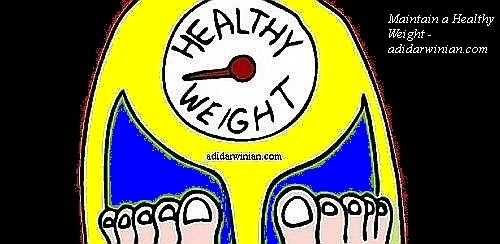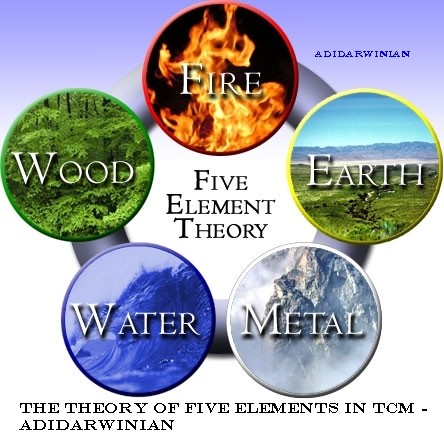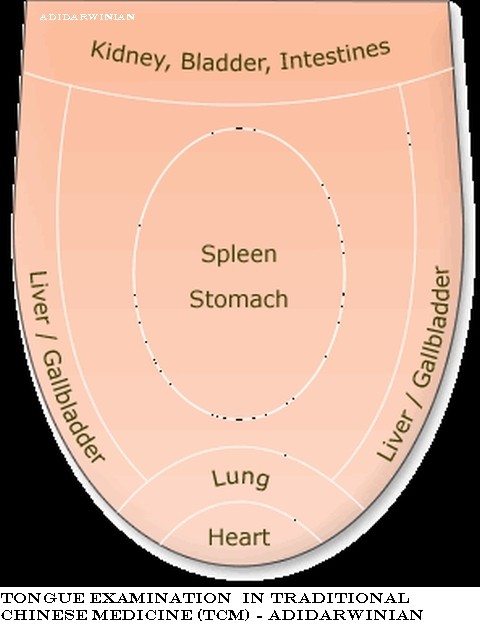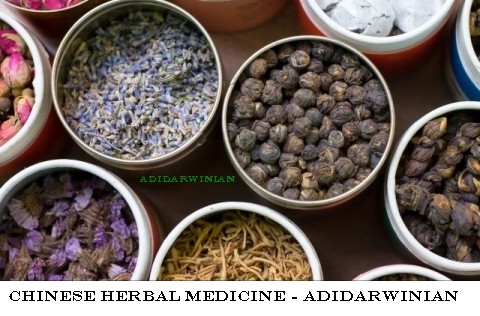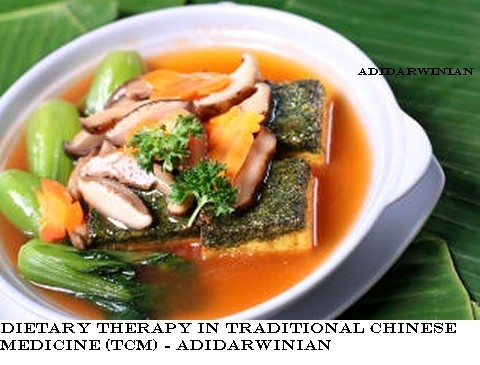Posted on 2 October 2012
Rationally Coping With High Blood Pressure or Hypertension
How To Cope With High Blood Pressure or Hypertension?
“High Blood Pressure or Hypertension Is A Multifaceted Menace; It’s Best To Control It At Its Very Beginning”
High Blood Pressure or HBP or Hypertension has been aptly called by the author of this article as a Multifaceted Disease because it does not damage a single organ or part of your body but it can cause damage to multiple organs of your body including heart, blood vessels, kidney, brain, eyes, and others. Also, this disease is a Silent Killer as it can silently (without any symptoms) damage your organs or even can kill you.
 If you have High Blood Pressure, then in order to cope with this menace there are two proven strategies. High BP or Hypertension can be normalized with lifestyle changes and by the use of certain medicines. When lifestyle changes are not sufficient enough to keep your blood pressure or BP in control, your doctor will likely add medication to your treatment regimen. Most people who have High Blood Pressure or Hypertension need lifelong treatment. Adhering to the treatment plan is vital not only to keep a person healthy but also to prevent or delay health problems related to Hypertension. For most adults, the goal of treatment is to achieve and maintain blood pressure below 140/90 mm Hg. For adults suffering from the diabetes or the chronic kidney disease, the goal of treatment is to achieve and maintain blood pressure below 130/80 mm Hg.
If you have High Blood Pressure, then in order to cope with this menace there are two proven strategies. High BP or Hypertension can be normalized with lifestyle changes and by the use of certain medicines. When lifestyle changes are not sufficient enough to keep your blood pressure or BP in control, your doctor will likely add medication to your treatment regimen. Most people who have High Blood Pressure or Hypertension need lifelong treatment. Adhering to the treatment plan is vital not only to keep a person healthy but also to prevent or delay health problems related to Hypertension. For most adults, the goal of treatment is to achieve and maintain blood pressure below 140/90 mm Hg. For adults suffering from the diabetes or the chronic kidney disease, the goal of treatment is to achieve and maintain blood pressure below 130/80 mm Hg.
Lifestyle Changes Are a Must to Control Hypertension / High Blood Pressure
“Healthy lifestyle habits are the basis of a long and active life”
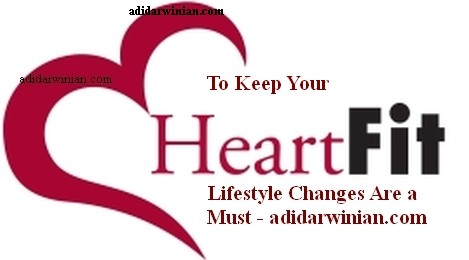 There are certain healthy lifestyle habits that help control Hypertension. These healthy lifestyle habits include –
There are certain healthy lifestyle habits that help control Hypertension. These healthy lifestyle habits include –
Healthy Diet
Balanced and flexible eating plans, such as, DASH (Dietary Approaches to Stop Hypertension) eating plan can help control High Blood Pressure. In order to control High BP, DASH eating plan advocates the limited use of cholesterol, saturated fat, total fat, salt, sweets, sugary beverages, added sugars, red meat, and hard drinks.
Maintain a Healthy Weight
A healthy weight can help you control your blood pressure, lower the strain on the heart, and lessen your risk for other health problems.
Physical activity helps control your blood pressure, weight, and strengthens your heart and reduces stress. A strong heart, healthy weight, and good emotional health are beneficial for your blood pressure. Discuss with your doctor before starting a new exercise plan. Your doctor will suggest how much and what types of physical activities are safe for you.
Quit Smoking and Avoid Secondhand Smoke
“Each cigarette that a person smokes, temporarily increases his or her blood pressure for many minutes after he or she finishes”.
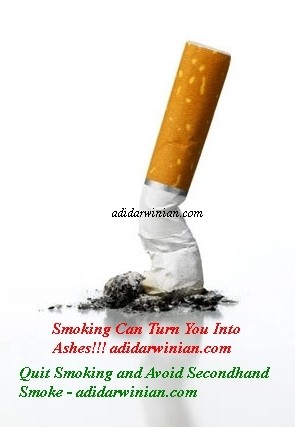 Smoking harms nearly every organ in your body, including your heart, the blood vessels, your lungs, mouth, eyes, reproductive organs, bladder, bones, and the digestive organs. Smoking raises your risk for High BP. Discuss with your doctor about the community programs, support groups, and products that are available to help you quit smoking. Also, avoid secondhand smoke as secondhand smoke also harms the heart and blood vessels in the same way by which active smoking harms. For a healthy life, and to reduce risks for heart attack and stroke, one should avoid all forms of smoking including secondhand smoke.
Smoking harms nearly every organ in your body, including your heart, the blood vessels, your lungs, mouth, eyes, reproductive organs, bladder, bones, and the digestive organs. Smoking raises your risk for High BP. Discuss with your doctor about the community programs, support groups, and products that are available to help you quit smoking. Also, avoid secondhand smoke as secondhand smoke also harms the heart and blood vessels in the same way by which active smoking harms. For a healthy life, and to reduce risks for heart attack and stroke, one should avoid all forms of smoking including secondhand smoke.
Manage / Control Stress
Managing stress can improve both the emotional and physical health of a person. Physical activity, meditation, listening to music, yoga, relaxation, and tai chi can help reduce stress levels. Certain support groups and healthy lifestyle programs are available which teach you how to cope with the common problems of life without getting stressed.
Medicines Used To Treat High BP / Hypertension
 Medicines play a major role in controlling Hypertension. Different types of High Blood Pressure medicines reduce blood pressure by different actions or mechanisms. Some medicines lower BP (blood pressure) by eliminating extra water and salt from the body; some medicines slow down the heart rate; some relax and widen your blood vessels; etc. Generally, combination-therapy of two or more medicines works better than a single medicine.
Medicines play a major role in controlling Hypertension. Different types of High Blood Pressure medicines reduce blood pressure by different actions or mechanisms. Some medicines lower BP (blood pressure) by eliminating extra water and salt from the body; some medicines slow down the heart rate; some relax and widen your blood vessels; etc. Generally, combination-therapy of two or more medicines works better than a single medicine.
Beta Blockers
Beta Blockers slow down the heart rate and reduce heart muscle’s contractility, thus reducing High Blood Pressure.
Diuretics
Diuretics reduce the amount of fluid in your blood by helping kidneys to eliminate the excess of water and salt from the body. This causes lowering of High BP or Hypertension.
Calcium Channel Blockers
Calcium channel blockers prevent calcium entry into the muscle cells of the blood vessels, thereby, causing relaxation of blood vessels. Thus, High BP or Hypertension comes under control.
Angiotensin-Converting Enzyme (ACE) Inhibitors
Angiotensin-converting enzyme (ACE) inhibitors dilate blood vessels by blocking the action of angiotensin-converting enzyme (ACE). Angiotensin-converting enzyme (ACE) helps in the formation of a chemical called angiotensin II. Angiotensin II causes blood vessels to constrict. Thus, inhibiting the formation of angiotensin II lowers High BP.
Angiotensin II Receptor Blockers (ARBs)
Angiotensin II receptor blockers (ARBs) class of medicines lowers blood pressure by blocking angiotensin II receptors. Angiotensin II requires angiotensin II receptors to constrict blood vessels, so blocking these receptors blocks the action of angiotensin II, and this results in relaxation of blood vessels.
Direct Vasodilators
Vasodilators work directly on the muscles in blood vessel walls and causes dilation of blood vessels, thus, Hypertension comes under control.
Alpha Blockers
Alpha blockers interfere with the conduction of nerve impulses resulting in relaxation of the muscle tone of the walls of the blood vessels. This lowers the High BP.
Alpha-Beta Blockers
This class of medicines interferes with the conduction of nerve impulses like alpha blockers, and also, slows down the heart rate like beta blockers. Thus, High BP or Hypertension is normalized by double mechanisms.
Centrally Acting Medicines
These medicines stimulate specific receptors in the brain. This, in turn, sends nerve signals to the blood vessels, causing them to relax and widen. This causes lowering of High Blood Pressure or HBP.
Direct Renin Inhibitors
Renin is a protein (enzyme) secreted by the kidney in response to decreases in blood volume and other reasons. Renin converts angiotensinogen to form angiotensin I. Direct renin inhibitor decreases plasma renin activity (PRA), and hence, inhibits the conversion of angiotensinogen to angiotensin I. Suppression of angiotensin I causes decrease in the formation of angiotensin II which is a potent blood pressure-elevating chemical. This way, direct renin inhibitors lowers High BP or Hypertension.

